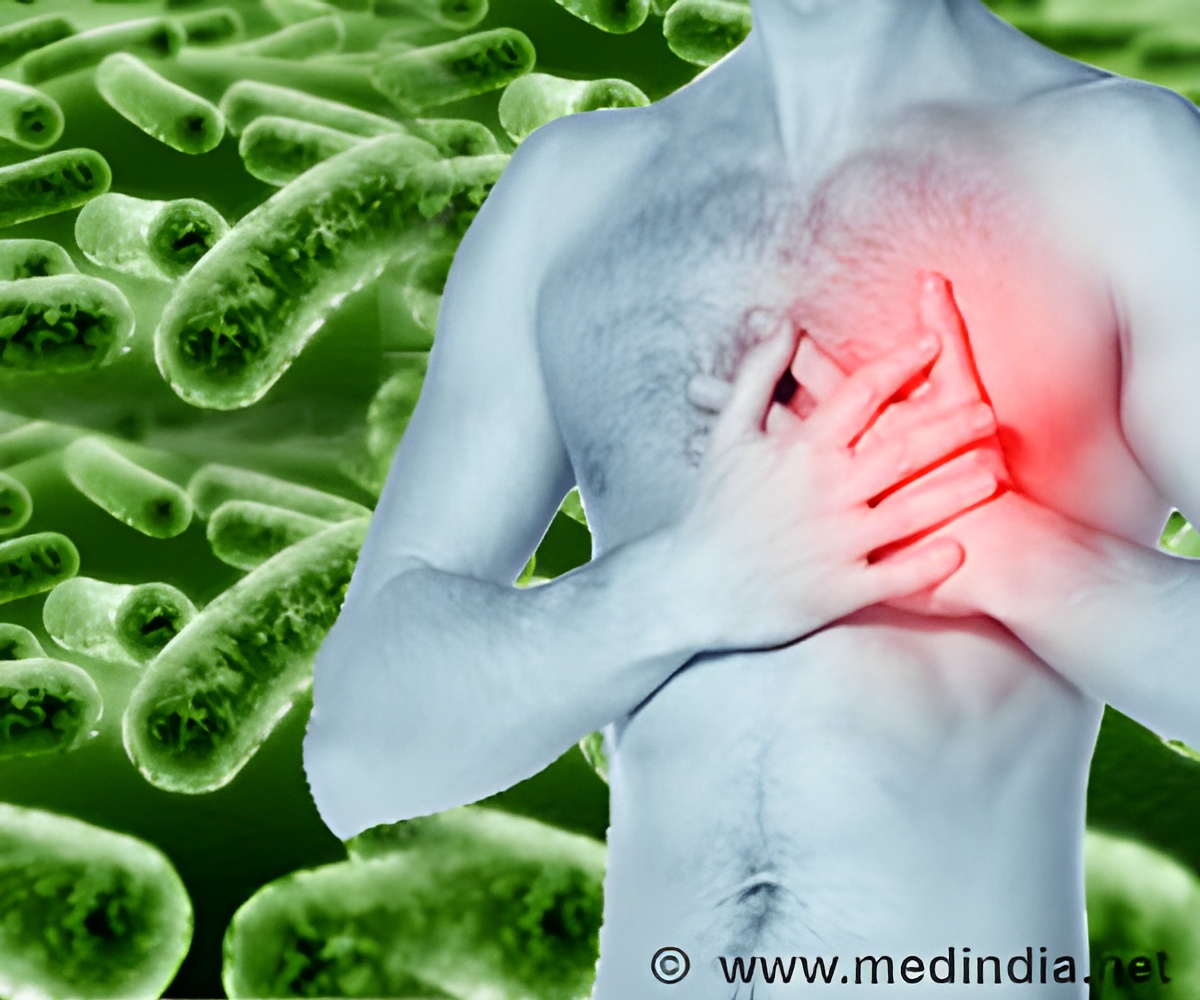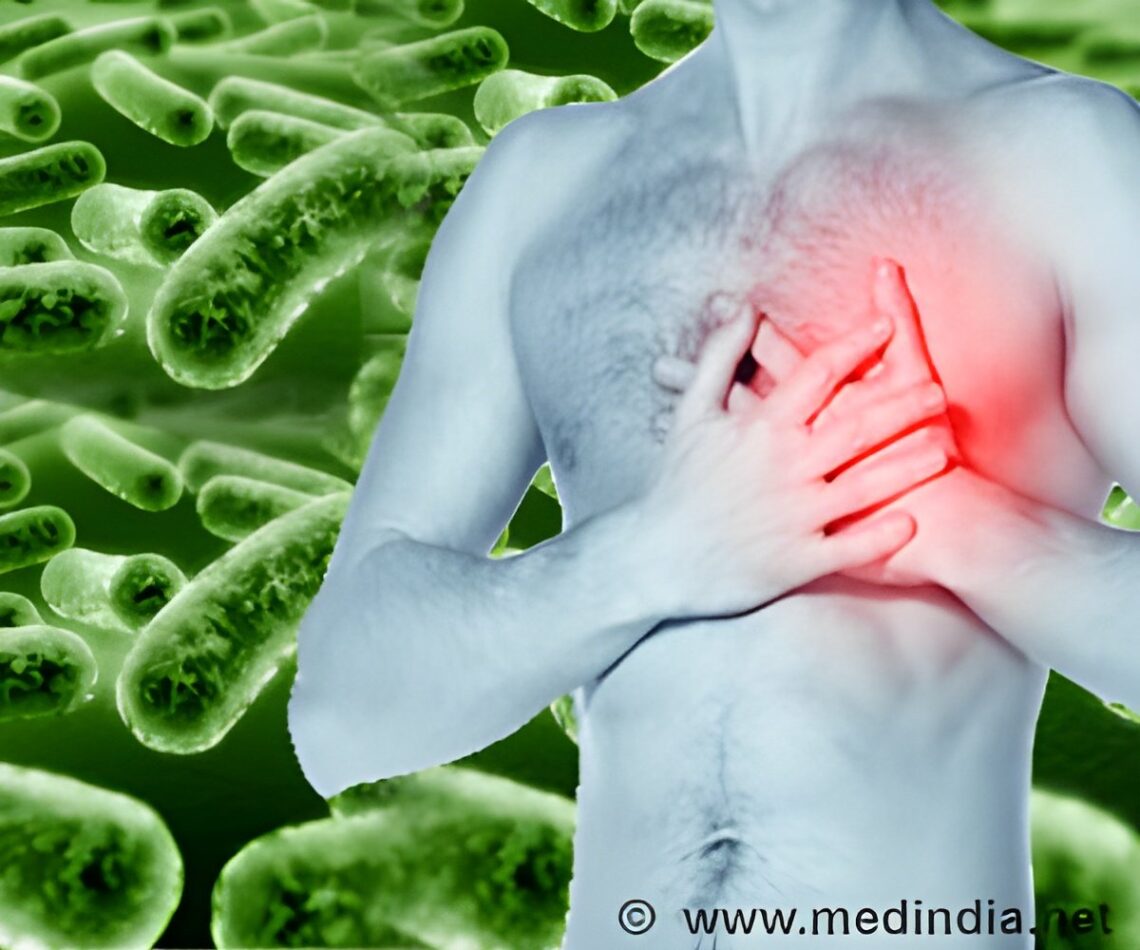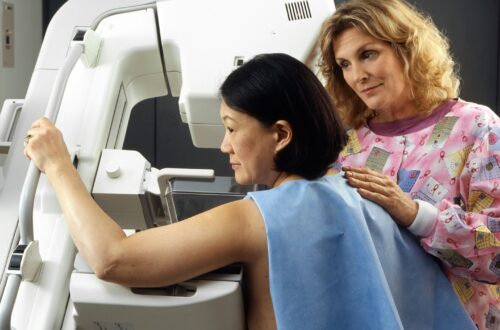A heart attack might not just be about cholesterol. It could start with a virus waking hidden bacteria inside your arteries.

- Atherosclerotic plaques may contain hidden bacterial biofilms protected from the immune system
- Viral infections can activate these biofilms, leading to inflammation, plaque rupture, and heart attack
- This discovery may transform diagnostics and enable heart disease vaccines in the future
Heart attacks may not be caused solely by cholesterol, but also by hidden bacterial biofilms that emerge following viral infections. This discovery has the potential to alter prevention and therapy, including the development of heart disease vaccines.
Advertisement
Is Heart Attack Infectious?
A groundbreaking investigation conducted by researchers from Finland and the United Kingdom found that myocardial infarction could be an infectious disease (1). This revelation contradicts traditional wisdom about the pathophysiology of myocardial infarction and opens up new possibilities for treatment, diagnostics, and perhaps vaccine development.
Using a variety of modern approaches, the study discovered that in coronary artery disease, atherosclerotic plaques carrying cholesterol may contain a gelatinous, asymptomatic biofilm developed by bacteria over years or even decades. Dormant bacteria within the biofilm are protected from both the patient’s immune system and antibiotics because they cannot pass through the biofilm matrix.
Advertisement
How a Viral Infection Can Cause a Heart Attack
A viral infection or some external stimulus can activate the biofilm, causing bacterial multiplication and an inflammatory reaction. The inflammation can trigger a rupture in the plaque’s fibrous cap, leading to thrombus development and, eventually, myocardial infarction.
According to Professor Pekka Karhunen, who conducted the study, it was previously considered that oxidized low-density lipoprotein (LDL), which the body detects as a foreign structure, was the only cause of coronary artery disease.
Advertisement
Atherosclerotic Plaque Contains Bacteria
“Bacterial involvement in coronary artery disease has long been assumed, but direct and conclusive proof is absent. Our study revealed the presence of genetic material- DNA- from several oral bacteria within atherosclerotic plaques,” Karhunen reveals.
The findings were corroborated by creating an antibody against the identified bacterium, which unexpectedly revealed biofilm forms in vascular tissue. Bacteria secreted from the biofilm were found in cases of myocardial infarction. The body’s immune system had responded to these germs, causing inflammation that ruptured the cholesterol-rich plaque.
Possibility of New Diagnostic and Treatment Techniques for Heart Attack
These findings pave the way for the development of new diagnostic and treatment techniques for myocardial infarction. Furthermore, they contribute to the possibility of avoiding coronary artery disease and myocardial infarction through immunization.
Tampere and Oulu Universities, the Finnish Institute for Health and Welfare, and the University of Oxford collaborated in the project. Tissue samples were collected from people who died of sudden cardiac death, as well as patients with atherosclerosis undergoing surgery to clear their carotid and peripheral arteries.
References:
-
(Pekka J. Karhunen, Tanja Pessi, Sohvi Hörkkö, Vesa Karhunen, Sirkka Goebeler, Anne‐Mari Louhelainen, Mika Martiskainen, Teppo Haapaniemi, Johanna Lappeteläinen, Tommi Ijäs, Leo‐Pekka Lyytikäinen, Emma Raitoharju, Thanos Sioris, Sari Tuomisto, Heini Huhtala, Chunguang Wang, Claudia Monaco, Niku Oksala, Terho Lehtimäki, Reijo Laaksonen. Viridans Streptococcal Biofilm Evades Immune Detection and Contributes to Inflammation and Rupture of Atherosclerotic Plaques. Journal of the American Heart Association, 2025; 14 (16) DOI: 10.1161/JAHA.125.041521)
Source-Medindia





